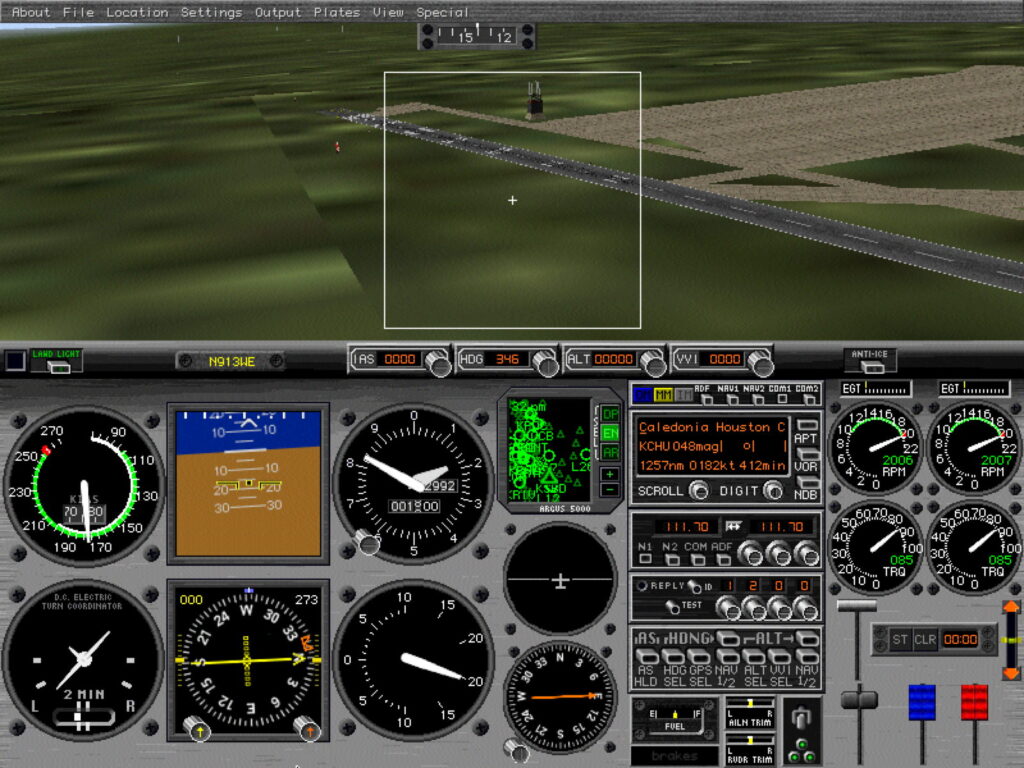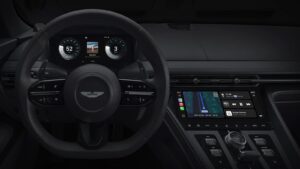A brief history of QuickDraw and PICTs

The original Macintosh running Classic Mac OS was dependent on a great many components, but the most important of all was its graphics system QuickDraw. Without that, none of the windows, icons and images that were composed into its human interface would have happened. Although almost everything from QuickDraw has now been superseded and removed from modern macOS, you can still open most of its QuickDraw images saved in its custom format, PICT.
QuickDraw
QuickDraw was originally written by Andy Hertzfeld (b 1953) and Bill Atkinson (b 1951), who devised a remarkably innovative raster-based system, and implemented it to perform exceptionally well on the limited hardware available, starting with an 8 MHz 68000 CPU with only 128 KB of memory. It’s based around a logical drawing area called a GrafPort, which can be that within a window, the whole Desktop, or somewhere off-screen.
GrafPort coordinates set their origin at the top left and are signed 16-bit integers, giving a range of -32,767 to +32,767. Coordinates refer not to the pixels within the GrafPort, but to the infinitely thin lines between them. When drawing along a line between two coordinates, the thinnest line shown is a series of pixels below and to the right of the line. Pixels are square, and their default resolution conforms to the printing standard of 72 pixels/points per inch, just over 28 per centimetre. These were essential, to ensure that what you saw on the Mac’s display was what you got from the printer, WYSIWYG.
QuickDraw has commands to support a good range of graphics primitives, but Bill Atkinson’s stroke of genius was the data structure known as a Region, an arbitrary set of pixels that didn’t even have to be contiguous. Although initially constrained to 32 KB of memory, rising later to 64 KB, Regions can be combined with others, differenced, and manipulated in other ways. Their internal structure remains largely opaque, apart from the technical description used by Apple in its patent.
Picture and PICT
The other key data structure in QuickDraw is a Picture, the series of QuickDraw operations called to generate or manipulate images within a GrafPort. Those can be recorded, and played back later to repeat generation of that image, perhaps in a different GrafPort and coordinates. Rather than standardise on a raster graphics file format, QuickDraw saves Pictures in PICT files.
Initial releases of QuickDraw only supported black and white images, although limited colour support was added to work with Apple’s four-colour dot-matrix printer, the ImageWriter II of 1985. For the release of the Macintosh II in 1987, QuickDraw was extended to Color QuickDraw using CGrafPorts with 8-bit video cards. It was later enhanced to support 32 bits per pixel, in what is commonly known as 32-bit QuickDraw. The PICT file format had a similar journey. Originally, it only supported eight colours in PICT 1, then PICT 2 brought 24-bit colour and greyscale.
Examples
Here are some examples of QuickDraw graphics from Mac OS 9 in 2000, each converted from its original PICT screenshot taken 24 years ago.
This is Macromedia (also Aldus) FreeHand, then a competitor to Adobe Illustrator, before it was finally killed by Adobe in 2003.
This is Computer System Odessa’s ConceptDraw, then a new product, and still available for macOS.
This is Strata 3D, a high-end 3D modelling app first released for the Mac in 1988 and still available.
This is a typical role-playing game of the day.
This is X-Plane flight simulator by Austin Meyer of Laminar Research, first launched in 1995, and still going strong with support for Apple silicon Macs.
Quartz
Apple adopted a new graphics system for Mac OS X, although to begin with 32-bit Colour QuickDraw was retained in its Carbon API. Its replacement, Quartz, is built around PDF 1.4, but performed poorly until Quartz 2D Extreme in Mac OS X 10.4 (2005) offloaded its rendering to early GPUs. With that, QuickDraw was deprecated, and support successively removed, although there are still some graphics apps like GraphicConverter that can open and convert PICT files. Preview used to be able to as well, but that too seems to have been removed.
Documentation
You can still read Apple’s detailed guide to QuickDraw, Pictures and PICT files in Imaging with QuickDraw, which also gives you an idea of the depth and quality of Apple’s documentation in the past.


